Canon has announced its new DSLR flagship. The Canon 1D X Mark III is the newest most robust and filmmaking focused DSLR ever made. Would it be good enough for professional filmmakers? How can it be compared to the upcoming RED Komodo? (hint: both of them are small sexy tools for indie shooters). Read more below.
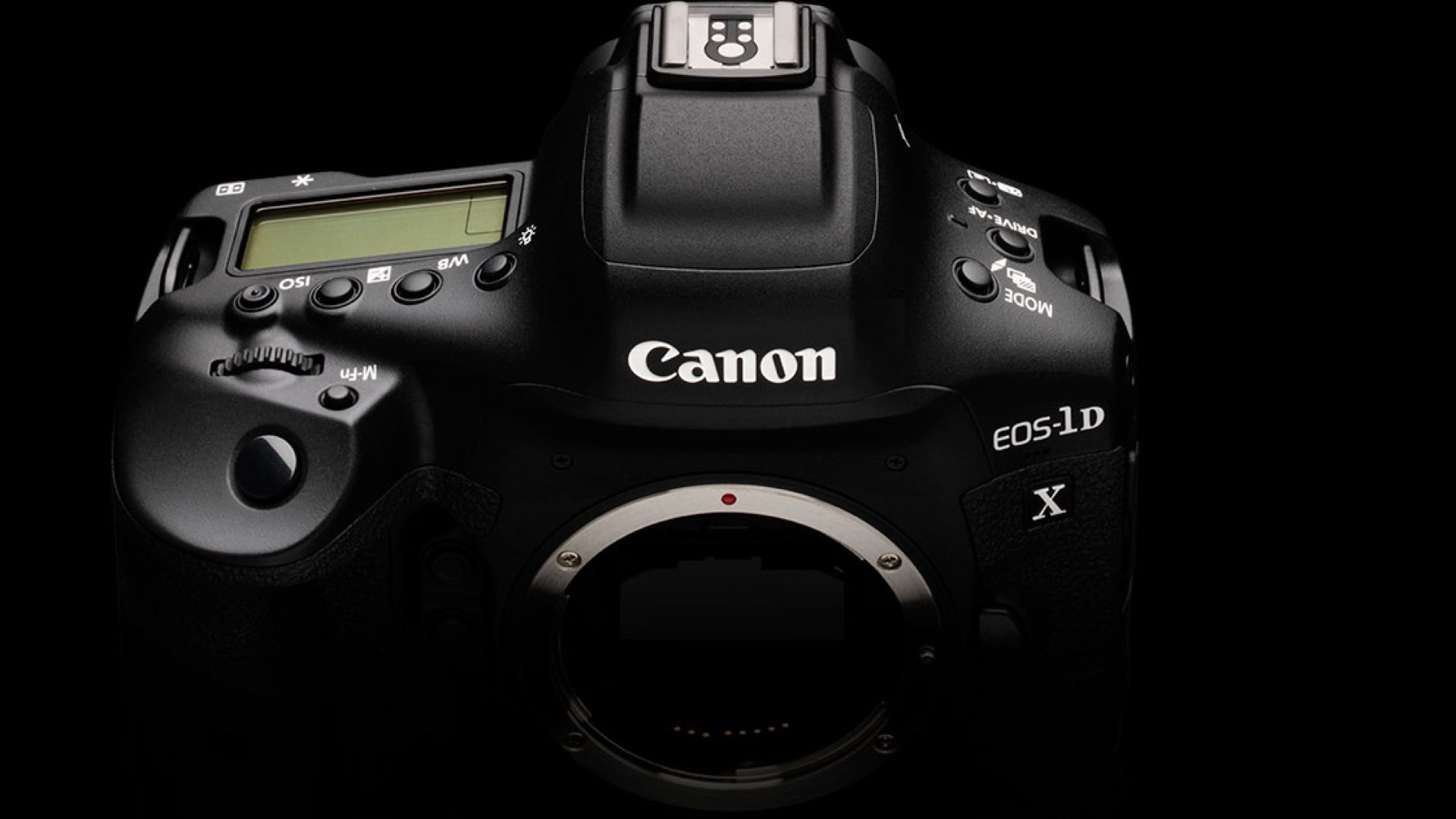
The DSLR for filmmakers: A video camera that shoots stills
This article is not about specs nor diving deep into the technical details. However, we must talk a bit regarding the video capabilities of this DSLR. So what are the video capabilities of the 1D X Mark III? We’ve written an article regarding what we want to get from this beast compared to older 1D X models. Basically, there were two major issues filmmakers were eager to solve: 8 bit and cropping in video mode. Well, luckily, the new Mark III can shoot videos with 10 bit, and more importantly, no cropping. Regarding video capabilities, that Canon 1D X Mark III captures oversampled DCI 4K/60p video internally using the full width of the sensor (!) so your lenses see the same as when you’re shooting stills. The Canon EOS-1D X Mark III can shoot in 17:9 DCI or 16:9 UHD aspect ratios and record the results using either the H.264 codec or as 10-bit H.265 codec when using Canon Log.
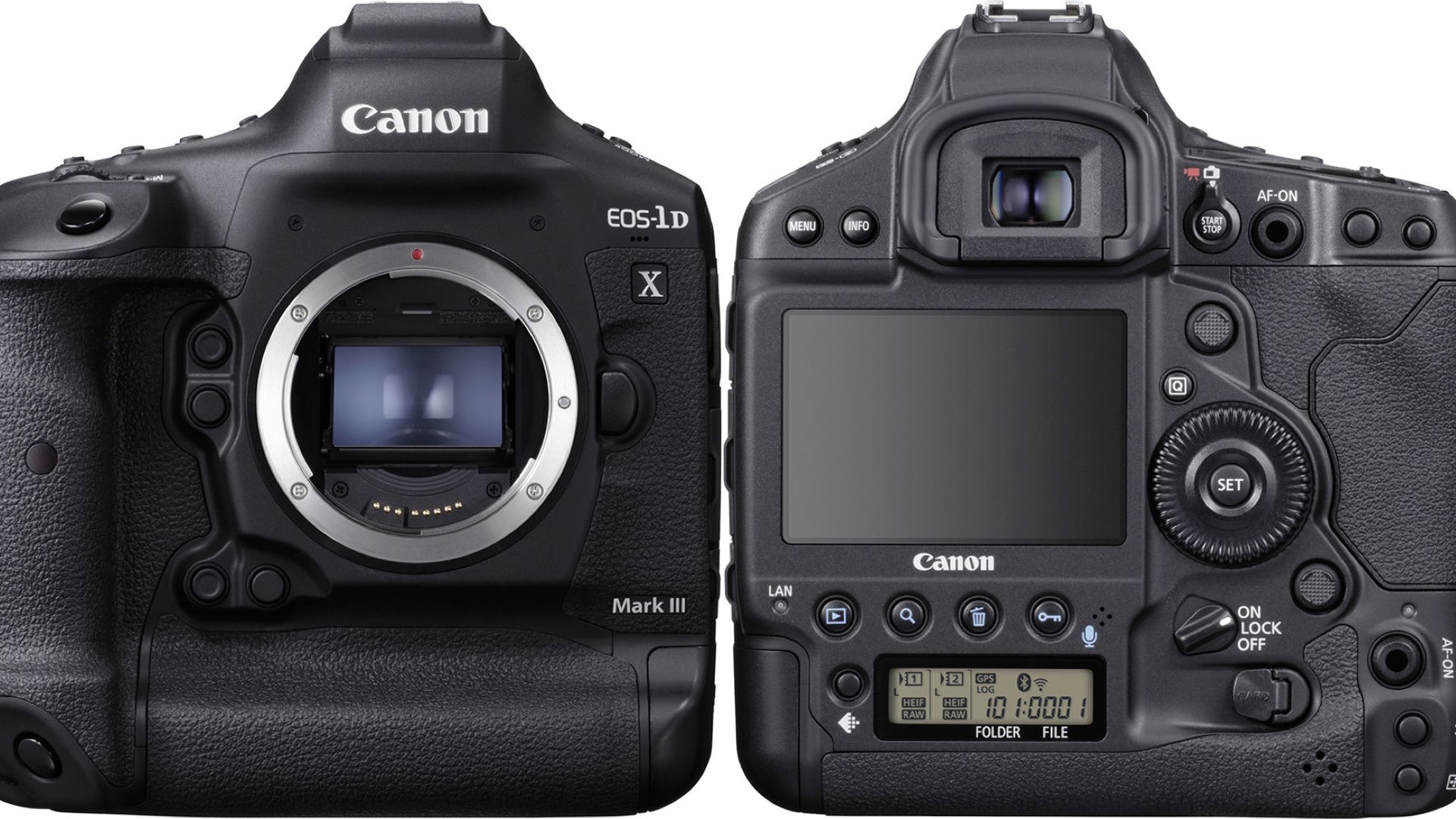
5.5K RAW full frame
Furthermore, you can shoot 5.5K RAW full frame with no crop using the Canon log. And you can save all of those large files internally to the card without using an external recorder. Also, according to Canon, the rolling shutter artifacts are minimized due to the new processor. Moreover, Canon says that the battery life is improved at more than twice the previous model, despite using the same battery. So there you have it. 10 bit, no crop (full-frame), 5.5 RAW built into a super reliable tank. Those are indeed vast improvements. From a still camera that shoots video, this 1D X model was transformed into a video camera that shoots stills.
Canon 1D X Mark III video key specifications:
- 20.1 Megapixel full-frame CMOS sensor, with new low pass filter.
- New DIGIC X Image Processor (ISO range of 100-102400, expandable to 50-819200).
- Dual Pixel CMOS AF, with up to 3869 Manual AF Positions, and up to 525 Automatic Positions.
- Dual CFexpress Card Slots.
- 4K 60p with Canon Log, 10-bit 4:2:2 and 5.5K RAW Video Internal Recording.
- Built-in Wi-Fi, Bluetooth, and GPS Technology Dust- and Weather-resistant.
- Price: $6,500.

The harsh battle: Canon 1D X Mark III vs. RED Komodo
The Canon 1D X Mark III was built for the Run & Gun shooting style. You don’t need a crew to operate it, and most professional productions will not use it. However, it’s an ideal tool for the one-man-band- sole shooter. Would they buy it? That’s a good question. It’s all depends on what other options are in the market for this specific crowd. The 1D X Mark III is a very sexy option and thus should be compared to another neat choice: The RED Komodo. These two can be defined as 2020 most desired high-end toys for filmmakers. Although the Komodo is still in the testing phase, it might be released and ready to ship in a couple of months. The main advantage of the 1D X Mark III over the Komodo is the full-frame, of course, which is critical for anyone who desires to shoot full frame. The Komodo is a Super 35 camera. However, the main advantage of the Komodo is its ability to shoot REDCODE RAW with a higher dynamic range than the Canon 1D X. It’s more likely that the Komodo will have a significantly higher picture quality that can be matched to cinema cameras on high-end productions. Furthermore, there is the price factor. The RED Komodo will be sold at a significantly lower price than the Canon 1D X. However, we all remember the rapid price reduction of the old pioneers 1D X models, which means Canon can reduce the price dramatically to make this DSLR much more affordable and thus compete with the Komodo. By the way, for those of you who are counting on the Dual Pixel CMOS AF technology of the 1D X Mark III (as an advantage to the Komodo), take in mind that this ability is limited when shooting RAW on the Canon.

What do we know about the Komodo so far?
- The Komodo has already shot a feature (Let Them All Talk).
- 6K resolution.
- Super 35 sensor sized (Not a full-frame).
- R3D files (REDCODE RAW codec).
- A new 6K sensor.
- Lens Mount = Integrated Canon RF.
- Recording Media = CFAST 2.0.
- Camera control via integrated LCD.
- There is no compatibility with DSMC2 monitors.
- The Komodo can be wirelessly controlled from any smartphone.
- No option for wireless video feed on smartphones (even on Hydrogen).
- Maximum 60 FPS.
- Full sensor 6k 40fps.
- Global shutter mode
- Anamorphic options.
- Built-In full colored touch screen.
- Size: 4 x 4 inches.
- Weight: 2 pounds.
- Price: ~$4,500.
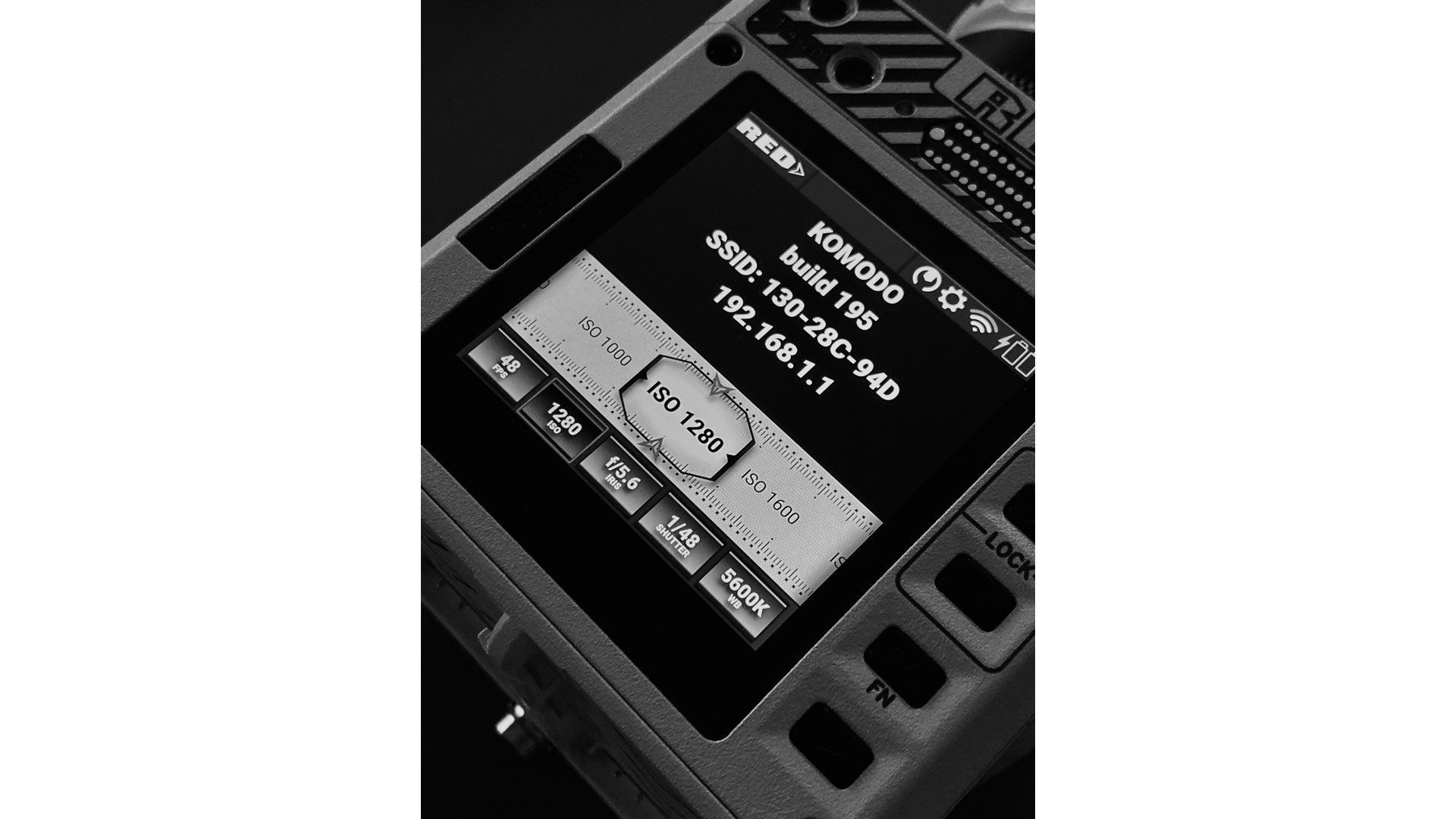
For further info about the Komodo, head to this article.
Final thoughts
The Canon 1D X Mark III and RED Komodo are two different animals, but they both are designed to serve the same market of indie shooters. With a very similar price range, the competition will be fierce. They’re both sexy professional toys that can deliver stunning results. Which would you prefer?


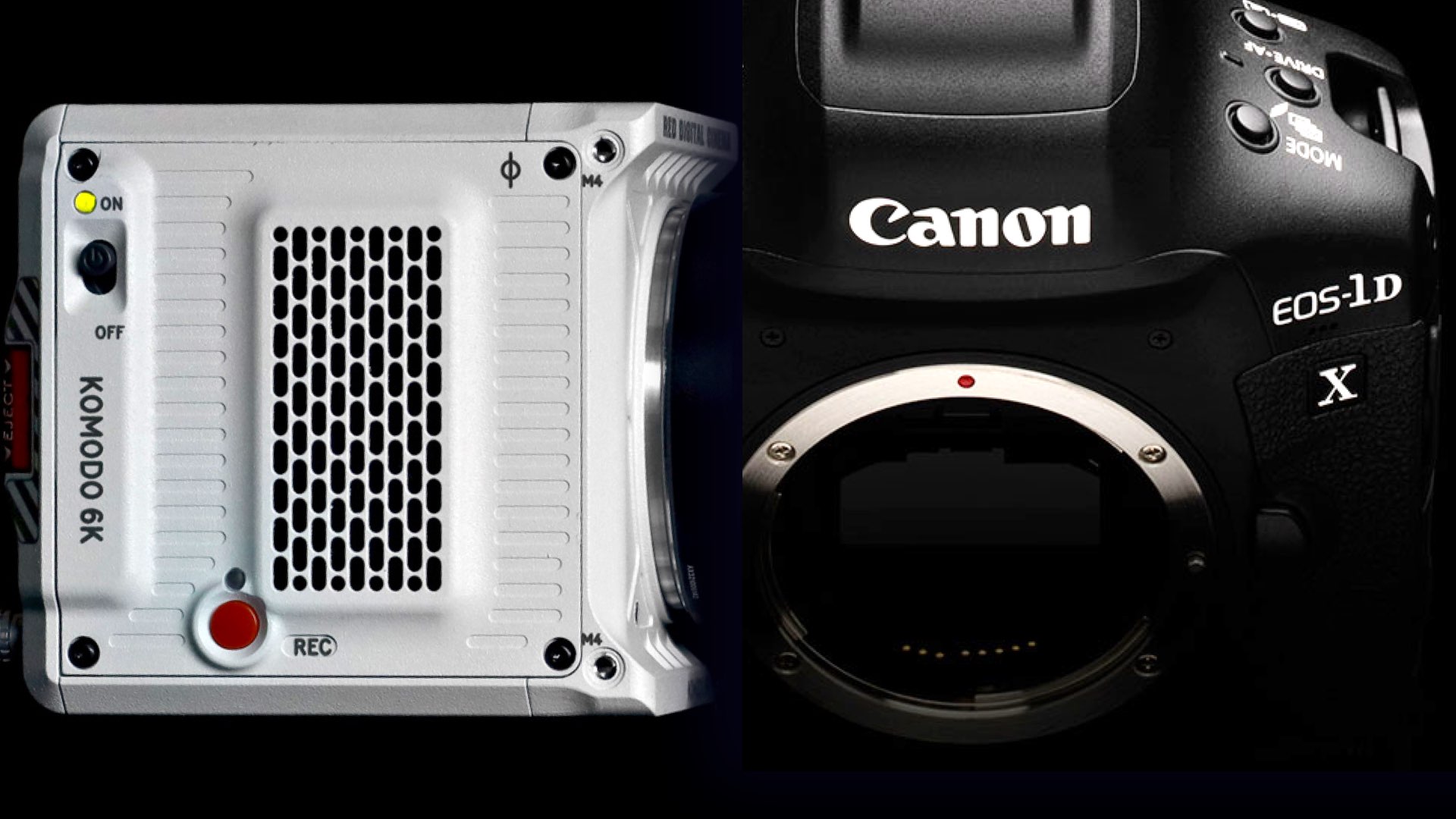
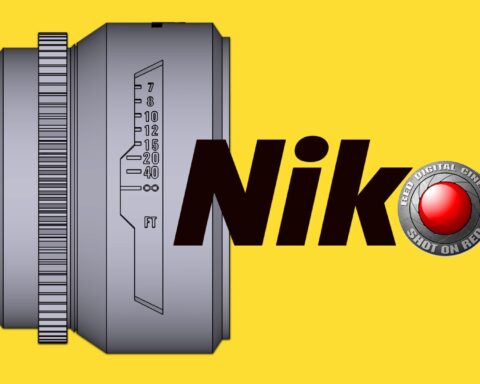
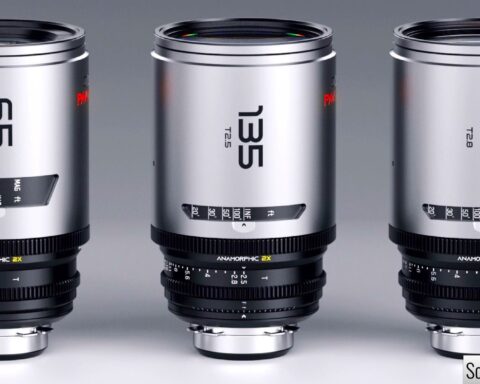






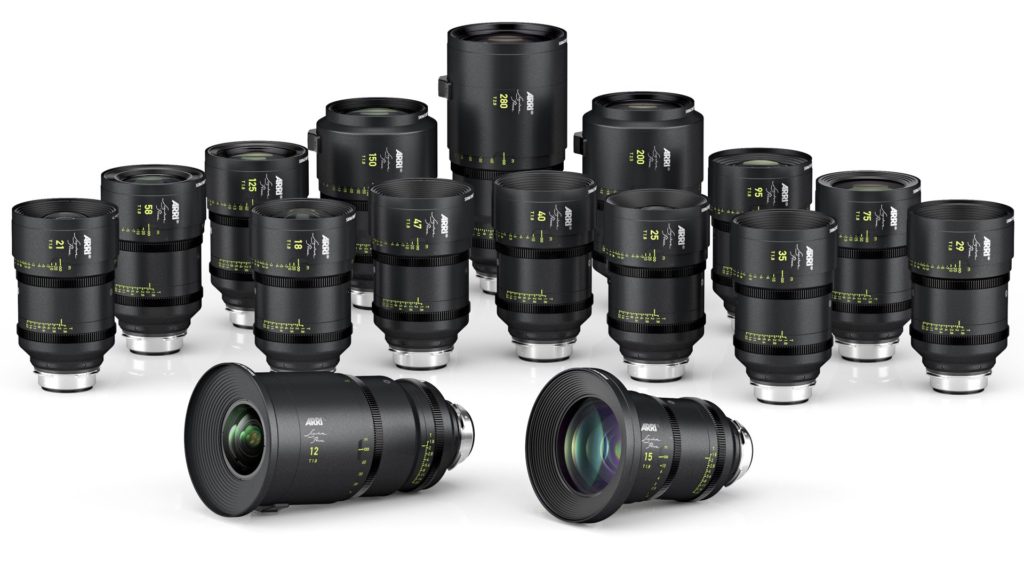
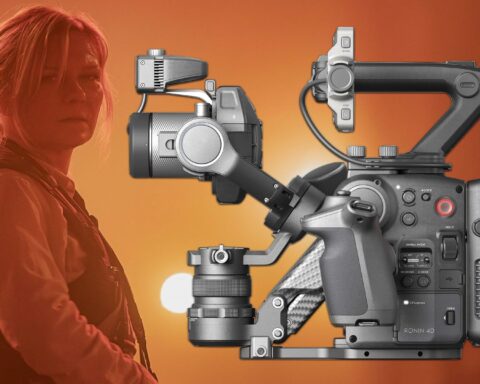





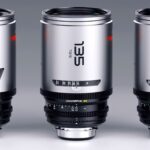
[…] camera that own impressive video capabilities. Basically, the D6 is Nikon’s answer to the new Canon 1D X Mark III. Furthermore, both cameras share the same price point ($6,500). Nikon planned to ship the D6 in […]
[…] The 1D X Mark III has the proper requirements to shoot professional videos with recording capabilities of 4K internally at up to 60 fps with 10-bit, 4:2:2 color, as well as Full HD at 120 fps and raw 5.5K (5472 x 2886) at 60 fps. Furthermore, Canon Log Gamma can be used for greater color grading control in post. DCI 4K recording is possible using both the full sensor area or with a cropped portion. That’s a video-making beast, and there is nothing to be compared to Nikon D6, besides the price (both of them cost $6,500). For further reading make sure to check our article: Canon 1D X Mark III vs. the Forthcoming RED Komodo: High-End Toys for Filmmakers. […]